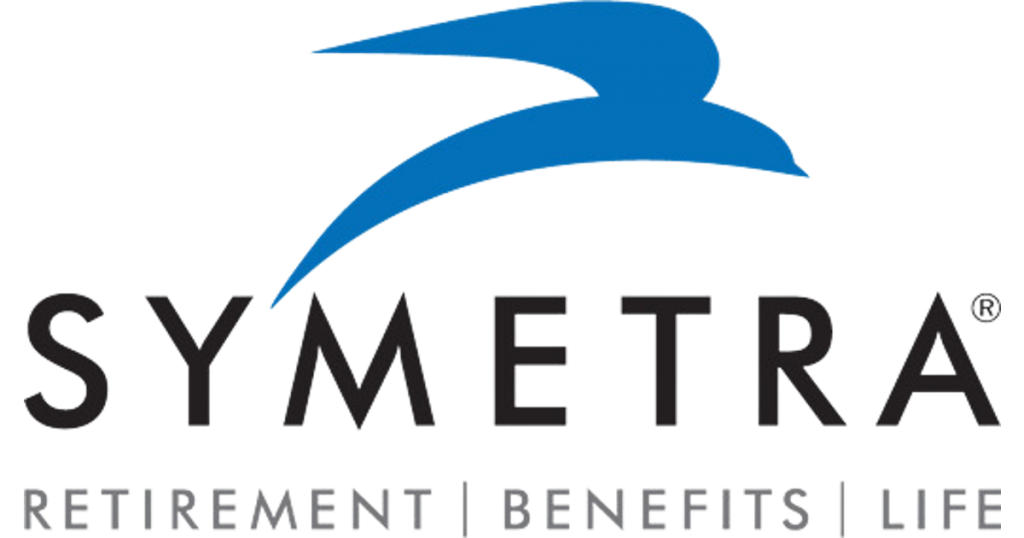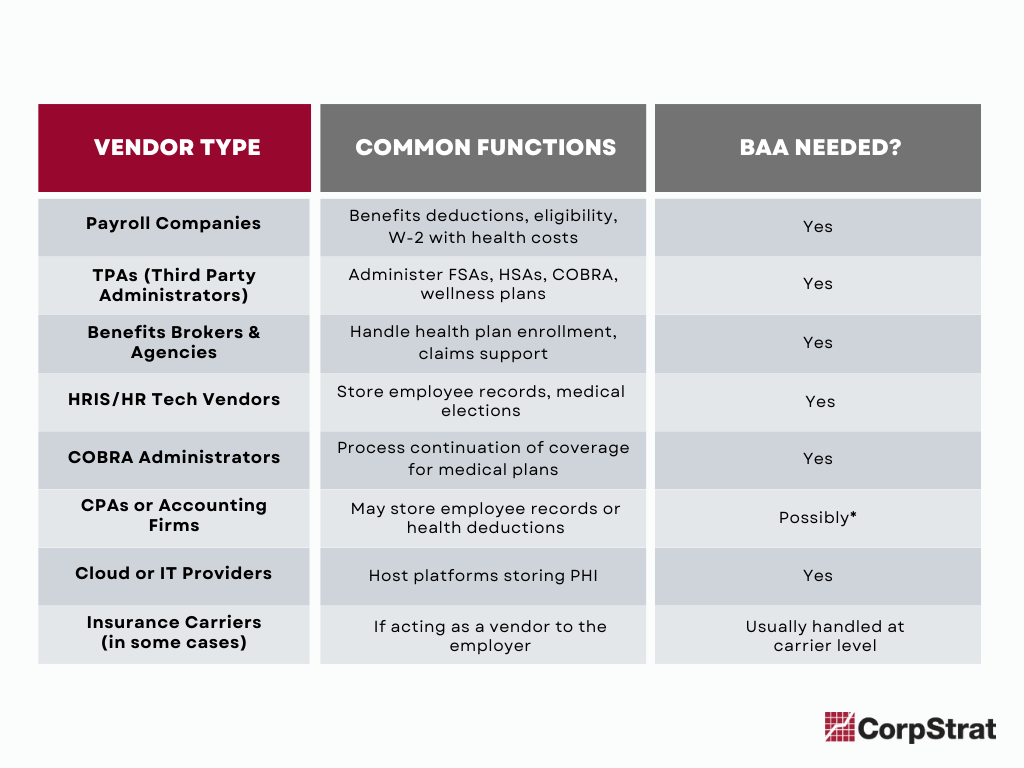The majority of US employers will be getting a very thick package in their inboxes from their insurance company in the next 60 to 90 days. Included in this is their plan renewal for their benefits, which may include potentially a rate adjustment, as well as plan benefit changes – some of which are mandated by law, and some of which are a function of an evolving landscape of benefit plans and design structures.
What to do?
If you’re an employer and you deliver benefits to your team, which by and large includes nearly all businesses, especially those mandated by law to provide at 50 lives, this is a critical time for you to review both the opportunity to renew your existing plans, and/ or consider the opportunities that the insurance market might bear, as there are many choices, plans, benefits, and programs.
At CorpStrat, the process starts with a strategy call with your Account Manager, and an understanding of how your benefit programs play into your recruitment and retention planning – and also understanding the specific nuances, health care concerns, and cash flows that dictate what you offer and how.
Your call might involve benchmarking, a review or your culture, workers preferences, surveying employee opinion on benefit choices, and understanding the cost sharing structure that you currently offer to your team – which can drive net costs to you as an employer.
Once an understanding of your goals is achieved, our team reviews the marketplace, as well as your current offering and makes a recommendation for the coming plan year. Our experienced and veteran advisors are live humans, no call centers!
Open enrollment typically is done with digital engagement tools and employees get time to select plans and cost sharing and most companies offer voluntary plans as well.
If you or someone on your team would like CorpStrat guidance, leadership, and direction or you know of a company that could benefit our services, please reach out.
The highest compliment we can get is a referral from our existing clients!
Note that insurance companies are overwhelmed at this time of year too, so the sooner you get a planning and strategy done, the better your outcomes will be.
Remember, CorpStrat is one of the states leading providers of employee benefits, and we get paid directly from insurance carriers. There’s no additional charge for our services. Why not work with advisors, not call centers? Call or email us.

